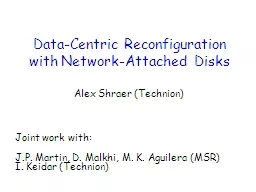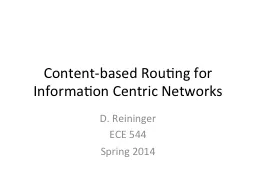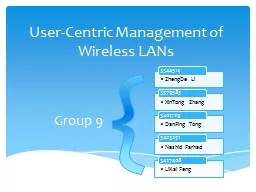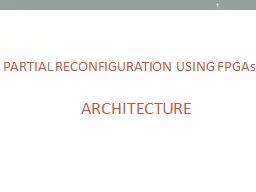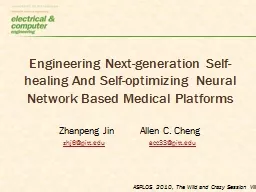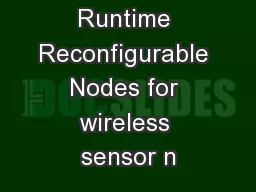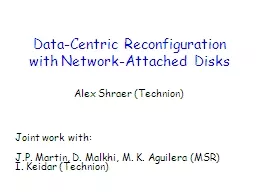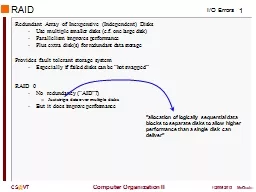PPT-Data-Centric Reconfiguration with Network-Attached Disks
Author : cheryl-pisano | Published Date : 2016-06-29
Alex Shraer Technion Joint work with JP Martin D Malkhi M K Aguilera MSR I Keidar Technion Preview 2 The setting datacentric replicated storage Simple networkattached
Presentation Embed Code
Download Presentation
Download Presentation The PPT/PDF document "Data-Centric Reconfiguration with Networ..." is the property of its rightful owner. Permission is granted to download and print the materials on this website for personal, non-commercial use only, and to display it on your personal computer provided you do not modify the materials and that you retain all copyright notices contained in the materials. By downloading content from our website, you accept the terms of this agreement.
Data-Centric Reconfiguration with Network-Attached Disks: Transcript
Download Rules Of Document
"Data-Centric Reconfiguration with Network-Attached Disks"The content belongs to its owner. You may download and print it for personal use, without modification, and keep all copyright notices. By downloading, you agree to these terms.
Related Documents

